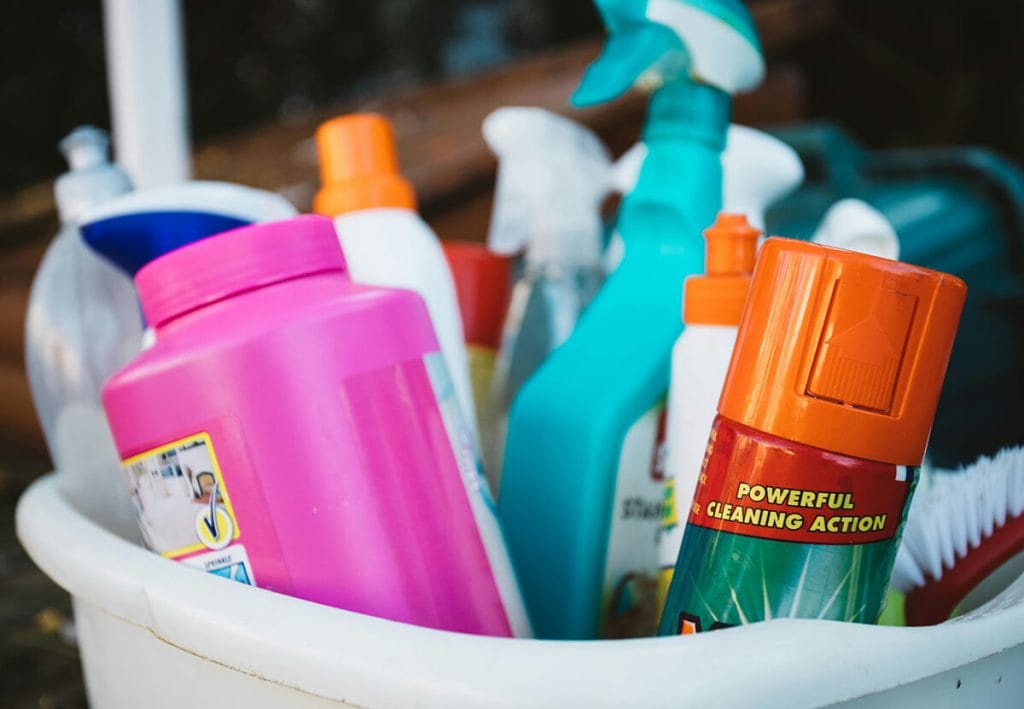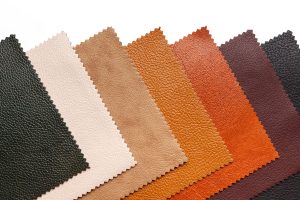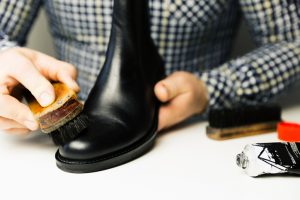How to Clean a Leather Couch
Cleaning a leather couch or sofa properly helps preserve its look and structure for years. Whether it’s an aniline leather sofa or a synthetic pleather couch, knowing the right techniques can help prevent cracks, stains, and wear. This guide explains how to clean leather couch surfaces safely, how to handle common stains, and when it’s best to call in a professional.

Identify Your Leather Type
Before you clean, it’s important to identify your leather type. Different types of leather need different cleaning approaches to avoid causing harm.
| Leather Type | Key Traits | Best Cleaning Method |
| Aniline | Natural look, no pigment, very absorbent | Dry cloth, specialist cleaner only, condition |
| Semi-aniline | Light coating, some stain resistance | Mild soap, damp cloth, condition |
| Pigmented/Protected | Coated, durable, stain-resistant | Mild soap, damp cloth, condition |
| Faux/Pleather | Synthetic, uniform finish | Mild soap, damp cloth |
Aniline leather is soft and natural, but it stains easily. Semi-aniline leather has a protective layer that offers some resistance to spills. Pigmented or protected leather is the most durable and is common in high-use furniture. Faux leather and pleather are synthetic and can usually handle a mild soap solution without issue. If you’re unsure, test any cleaning product on a hidden spot first.
How Do You Clean A Leather Couch?
Keeping up with regular care makes a huge difference in the appearance and durability of your leather furniture. It helps prevent dirt from becoming ingrained and makes deeper cleaning easier when the time comes. These steps are simple but effective, whether you’re handling daily dust or light messes.
1. Dust and vacuum regularly.
Dust can settle into creases and seams, making your furniture look dull. A soft cloth or vacuum with a brush attachment works well for cleaning leather couch surfaces. This prevents debris from scratching the leather over time.
2. Wipe with a damp cloth.
Use distilled water to wipe down the leather gently. Avoid using tap water as it can leave mineral deposits. The cloth should be damp, not wet, to avoid soaking the leather.
3. Use mild soap for dirt.
Mix a few drops of mild pH-neutral soap in distilled water. Wipe gently, then dry with a clean cloth. This method works well for cleaning leather couch grime without harming the finish and making leather last longer.
4. Condition your leather.
Apply a leather conditioner for couch material or leather conditioner for sofa surfaces every 6 to 12 months. This helps keep the leather soft and prevents it from cracking. Conditioning leather furniture also restores its natural oils.
Regular conditioning not only keeps leather looking good but also helps protect it from everyday wear, sun exposure, and temperature changes. This added care can prevent the leather from drying out or becoming brittle over time, which is especially important in Canadian climates where indoor heating and cold weather can impact furniture.
How Do You Clean a Leather Sofa Stain?
Stains happen, but quick action helps. Here are some useful tips you can try:
- Blot spills immediately. Don’t rub, as this can spread the stain. Use a clean, dry cloth to blot. This is the first step in how to clean leather sofa stains safely.
- For light stains, a mild soap solution can work. Apply gently with a cloth, then dry the area. Always test first on a hidden area.
- For oil or grease, sprinkle cornstarch or baking soda on the spot. Let it sit for a few hours, then brush it off gently. This can help remove stain from leather without harsh chemicals.
- Ink stains can be tricky. On protected leather, try a leather settee cleaner made for ink stains, but patch test first. For delicate or aniline leather, it’s better to seek professional leather sofa cleaning help.
- Faux and pleather: A mild soap solution works well. If you’re wondering how to clean faux leather couch or how to clean pleather couch surfaces, the same mild, damp method applies.
What to Avoid

Some cleaning methods do more harm than good. Avoid using harsh chemicals like bleach, ammonia, or alcohol. These can strip away the leather’s natural oils, making it dry and prone to cracks.
Don’t over-wet the leather. Too much water can cause stains, warping, or mildew. Always use a barely damp cloth.
Avoid scrubbing hard or using abrasive tools. These can scratch or damage the leather surface. Research highlights that improper cleaning can accelerate the chemical degradation of leather.
For tough stains, professional cleaning may be the best solution.
TL;DR: How to Clean Leather Couch Surfaces
| Problem | Safe Action |
| Dust build-up | Dry cloth, soft vacuum brush |
| Everyday dirt | Damp cloth, mild soap |
| Fresh liquid spill | Blot gently with dry cloth |
| Grease stain | Cornstarch or baking soda, brush off |
| Ink mark (protected) | Try ink-safe leather cleaner, patch test |
When to Call a Pro
Some stains, like deep ink marks, set-in grease, or stains on aniline leather, may leave you stressed and asking, “How do I clean this leather couch?!”
Instead of risking damage, consider professional leather furniture treatment. Love Your Leather offers cleaning and conditioning leather furniture services across Canada, helping your pieces last longer and look better.









